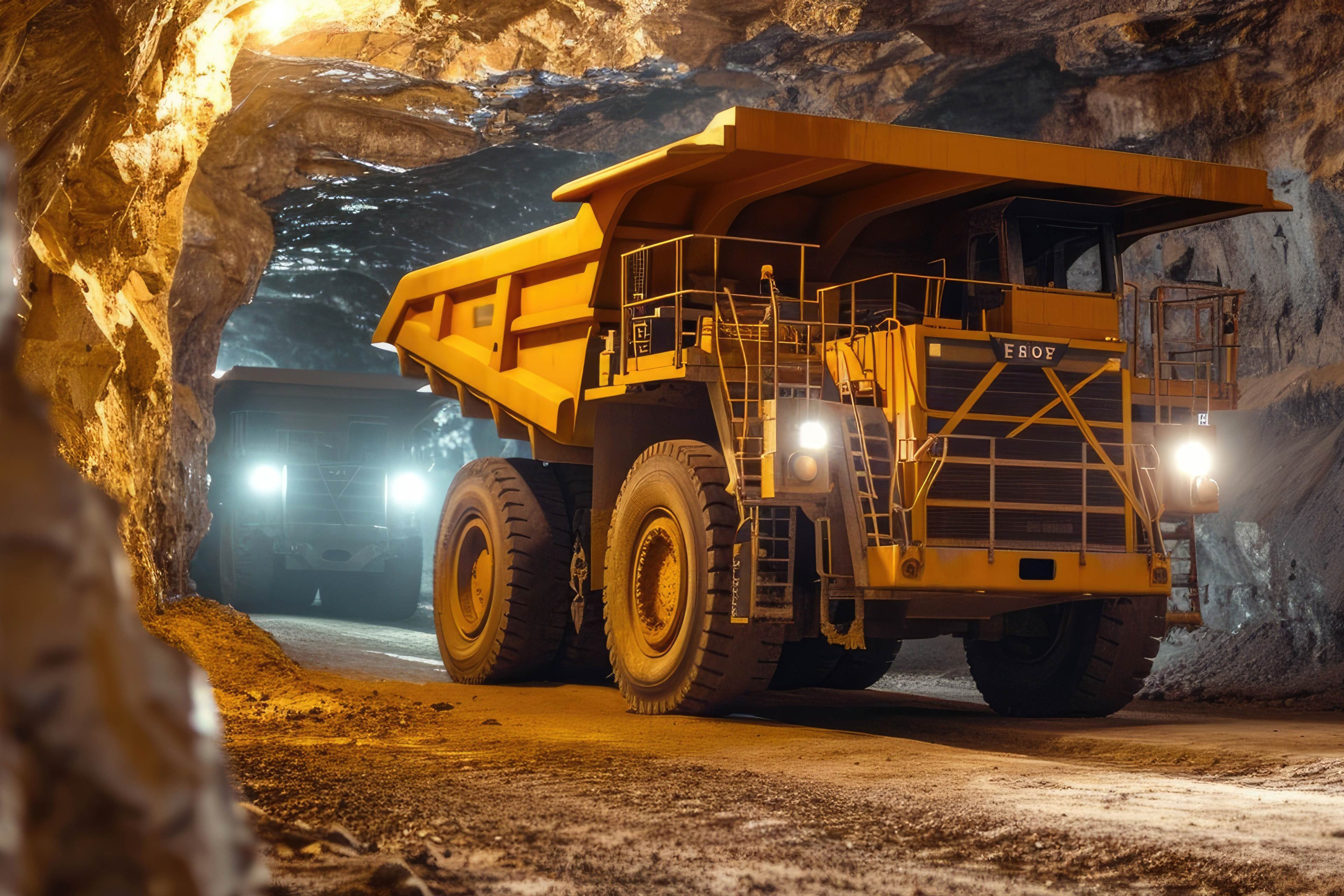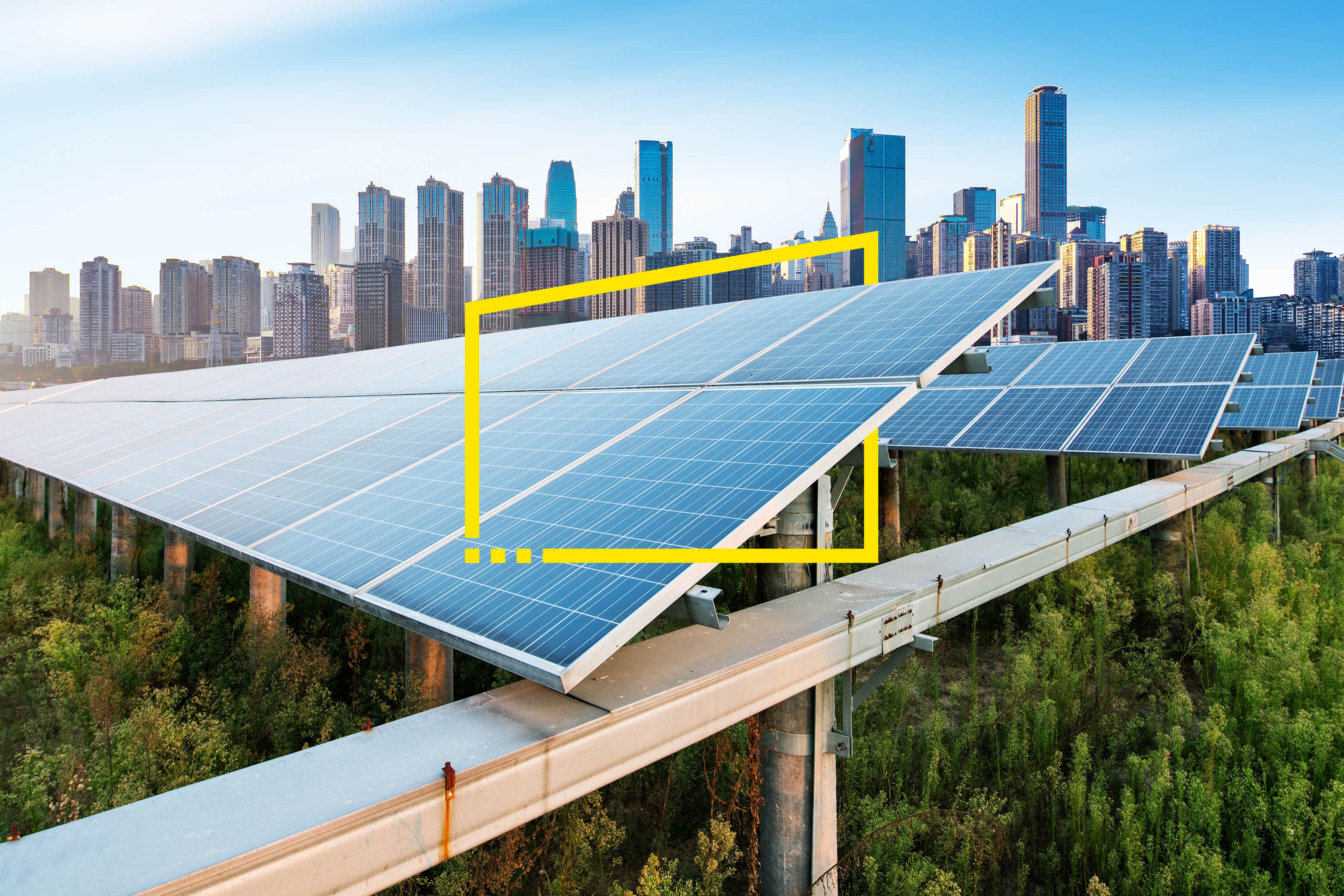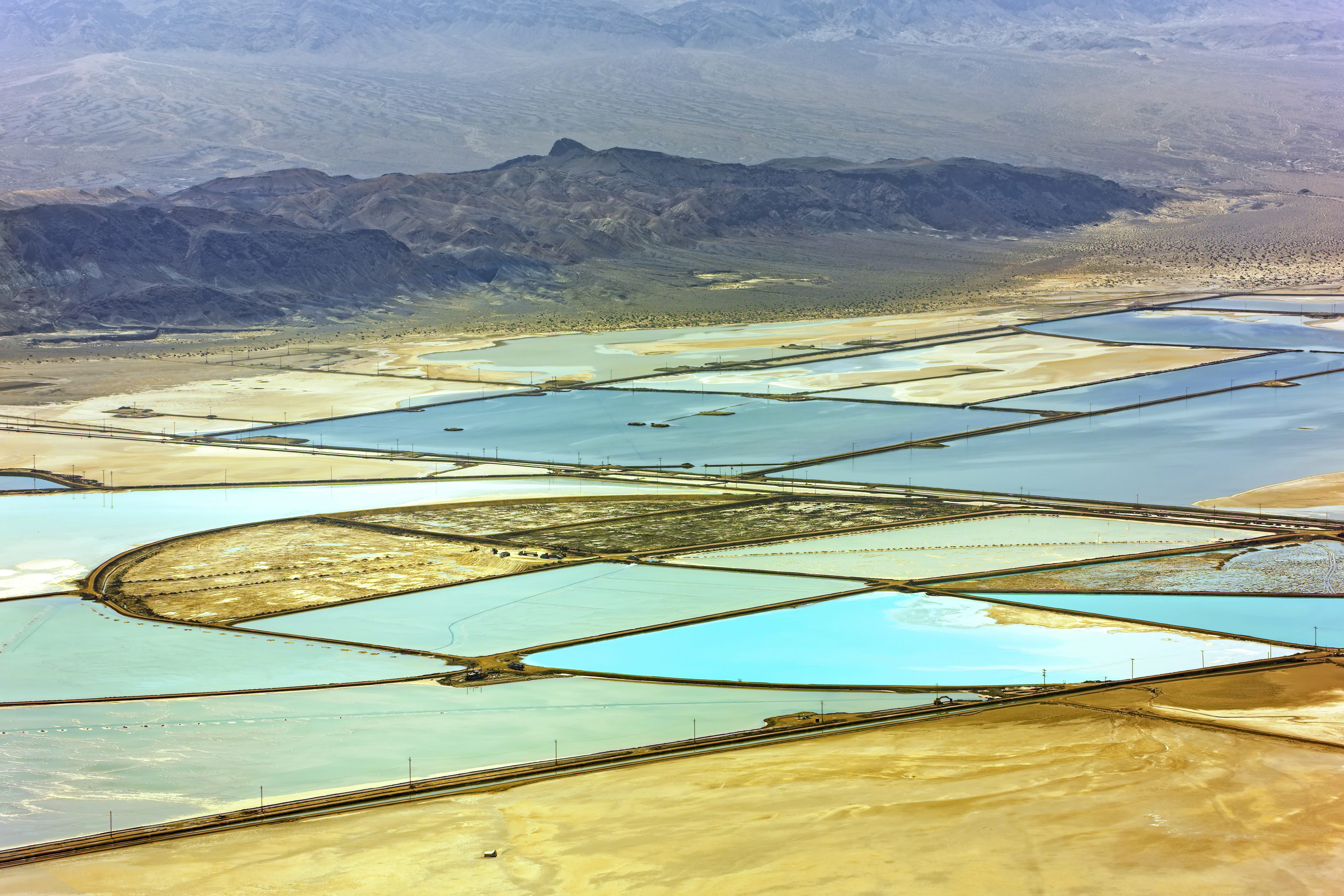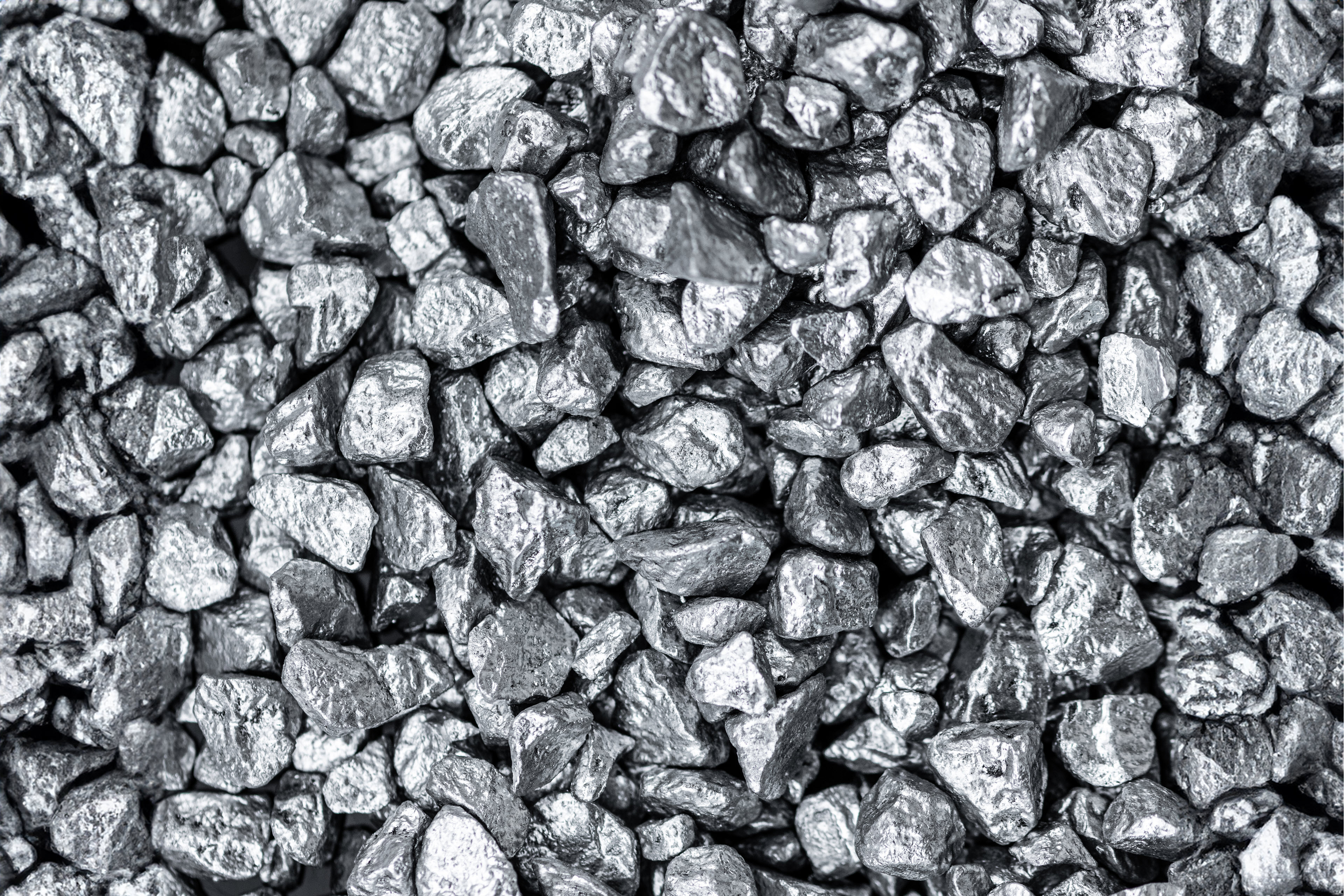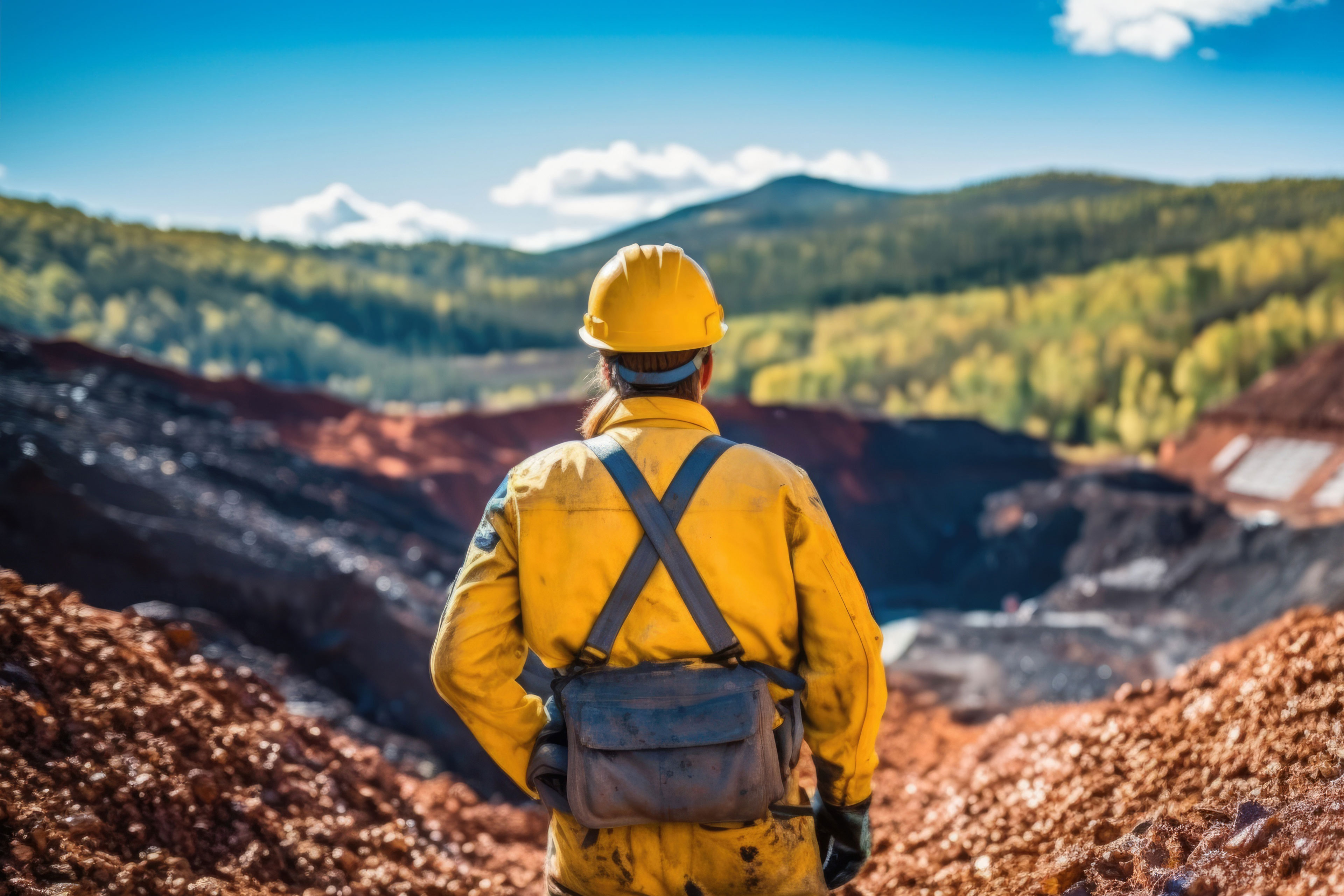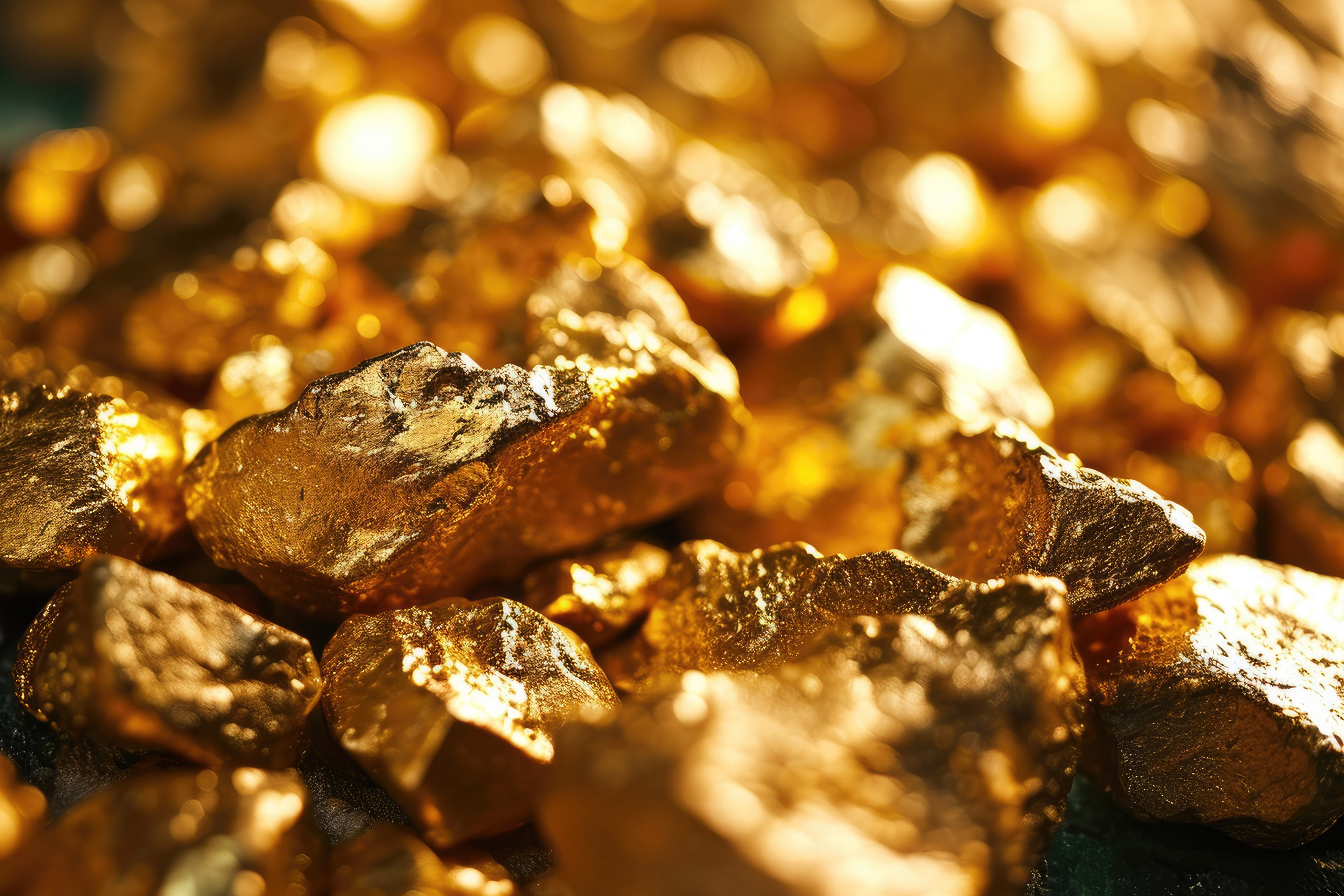EY refers to the global organization, and may refer to one or more, of the member firms of Ernst & Young Global Limited, each of which is a separate legal entity. Ernst & Young Global Limited, a UK company limited by guarantee, does not provide services to clients.
Mining & Metals
The future of mining and metals is focused on embracing digital while optimizing productivity and portfolios.
Get the latest energy updates
Stay up to date with our monthly Energy resources newsletter.
Our latest thinking
Renaissance: defining the next era of metals and minerals
Discover key insights from the EY 2024 Americas Metals & Mining Forum on supply chain, workforce, and sustainability. Read the full article now.
Leading women in mining – Effie Simanikas
Watch Effie Simanikas, North American Mining Executive and Board Member and Recipient of Top 100 Most Powerful Women in Canada Award.
No time to waste: metals and mining organizations must dig deep to stay ahead of cyber threats
Will the increased adoption of technology entice cyber criminals looking to cash in on metals and mining companies’ progress?
How bold action can accelerate the world’s multiple energy transitions
Our energy system is reshaping at speed, but in different ways across different markets. Three accelerators can fast-track change. Learn more.
Are the global winds of change sending offshore in a new direction?
Turbulent times in the offshore wind sector could change the way large-scale energy projects are built and funded in future. Read more in RECAI 62.
Will local ambition fast-track or frustrate the global energy transition?
The Inflation Reduction Act has triggered competition in renewables, but could unbalance international capital allocation. Read more in RECAI 61.
How Europe can unblock the midstream battery materials bottleneck
Explore how battery materials capacity holdups along the midstream are impacting Europe’s ability to develop a local and sustainable battery economy. Learn More
Why wavering consumer confidence could stall the energy transition
The Energy Consumer Confidence Index reveals that the impact of the energy transition is hitting home. Discover more.
How a modern enterprise resource planning (ERP) system supports growth
Diamondback Energy implements SAP S/4HANA® for a quick-to-market solution with minimal business disruptions.
How silver miners can build long-term competitiveness
Growing clean energy demands and supply deficits require silver miners to shift to sustainable, efficient operations.
How mining and metals companies can navigate ESG tax and regulatory challenges
Learn how mining will play a pivotal role in the energy transition. In this webcast, panelists from across the Americas will discuss the tax landscape.
Sustainable and efficient operations for copper miners
As demand for clean energy rises and supply falls short, copper miners must transition toward more sustainable and efficient operations. Learn more.
How gold miners can build long-term competitiveness
Gold miners are capitalizing on higher prices to grow their portfolios and prioritizing ESG as gold gains popularity as an investment asset. Read how.
How EY can help
-
EY-Parthenon energy strategy consulting teams help C-suites drive future value-creation. Learn more.
Read more -
EY Digital Mine combines deep industry knowledge and advanced technological solutions to create a strategic, staged pathway to digital transformation.
Read more -
Our Digital Navigator takes an end-to-end approach to the development of a digital vision, strategy and actionable road map for mining and metals companies.
Read more -
Our EY SAP team can help your business unlock more value, reduce disruption and give energy companies the power to transform for the future. Learn more.
Read more -
Cyber threats are evolving and escalating at an alarming rate for mining and metals, and other asset-intensive industries.
Read more -
We can help you with a holistic approach to tax transformation that covers digital tax effectiveness, administration, technology and big data.
Read more -
Discover how EY's global renewables team can help your business transition to the world of renewable energy.
Read more -
Working capital is a key component of value in the mining and metals sector. The performance of working capital varies widely between companies, suggesting there’s multibillion-dollar potential for improvement in the sector.
Read more




